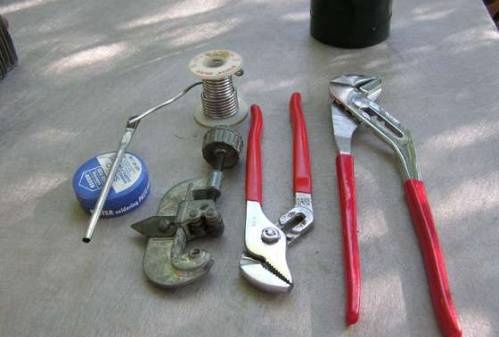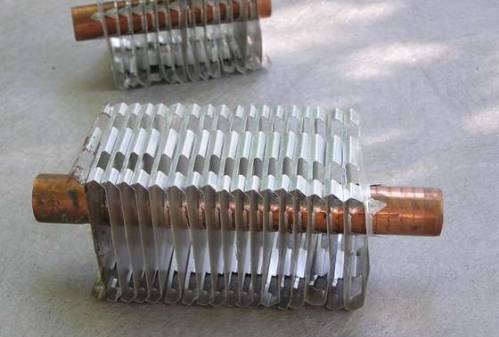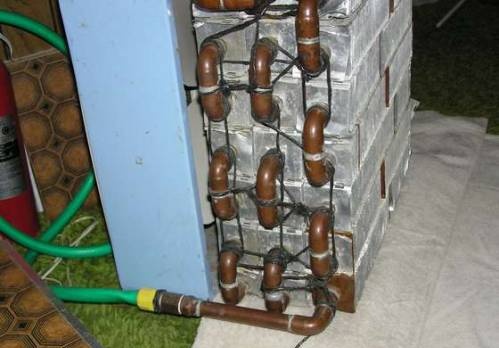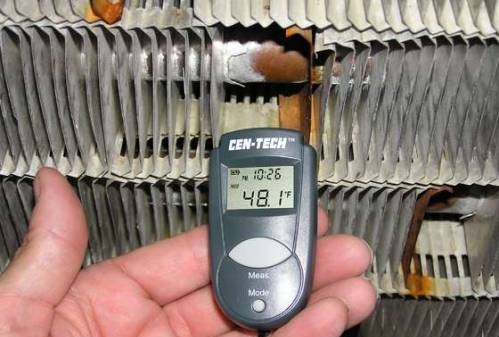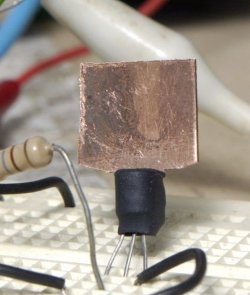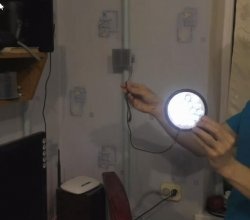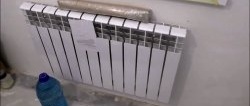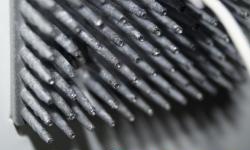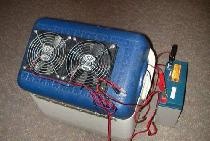Yes, the summer was a success, it’s not too hot for a child. There is nowhere to hide. At home the temperature confidently reaches 50 degrees Celsius! What to do ? Normal air conditioners are expensive, and they consume a lot of energy. There is a solution, of course it’s not great, but the effect is significant! And the energy it consumes is almost zero. The principle of thisair conditioner It’s simple to the point of madness and there’s no need for scarce parts.
Let's first talk about how it works and how it works.
Everything is simple - in the picture there is a water radiator, with a fan at the back. Cold water is connected to the radiator, which flows through it, thereby cooling it. In turn, the fan drives air through the radiator, thereby cooling it.
The principle is clear.
But you ask - where can you get cold water?
Answer: from your water supply system.
Next in order. The most scarce thing is a radiator or heat exchanger.
I couldn't find a decent one and decided to build it myself. I took the tool:
I needed copper tubes and galvanized plates
Then they were soldered by me into such a radiator, the diameter of the tubes is quite large, which is important!
Next, I connected the hoses tightly - there is still pressure!
I live at home.A pump pumps water from the well. I connected a radiator between the pump and consumers.
That's all ! We check the water temperature - 9 degrees Celsius!!! Perfect.
Well, now the temperature in the room does not rise above 25! True, the windows now need to be closed so that the cold does not come out.
The radiator can be anything. For example, a car. . . Well, as for the fan, I think you can figure it out for yourself. . . As they say, as long as it blows :-)
Thank you. Good luck !

